Blog Posts Tagged Chemical Reaction Engineering Module

Modeling a Rapid Detection Test in COMSOL Multiphysics®
Curious about how exactly the rapid detection tests for COVID-19 work? Get a comprehensive explanation here, as well as 3 example models in COMSOL Multiphysics®. (Part 2 of 2)
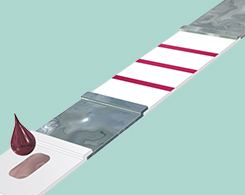
An Introduction to the Physics of Rapid Detection Tests
Rapid detection tests based on lateral flow assay (LFA), also called immunochromatographic tests, can be thought of as quite advanced, yet very robust, microlaboratories. (Part 1 of 2)
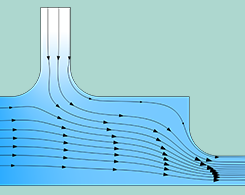
How to Simulate Control Systems Using the PID Controller Add-In
A PID controller can be used in a variety of industries. This blog post demonstrates how a PID controller add-in can be easily incorporated in two simulation examples.
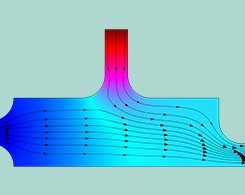
Optimizing PID Controller Performance with COMSOL Multiphysics®
PID controllers involve three components that must work together simultaneously, and it can be challenging to get each of them just right. That’s where process control simulation comes in.
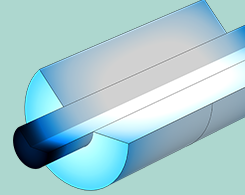
Understanding the Drug Reaction Kinetics of Nerve Guides via Modeling
Ever had a pinched nerve? Nerve guides repair this type of damaged nerve cell tissue. To design safe and reliable nerve guides, we can use simulation to understand their drug reaction kinetics.
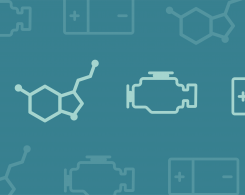
Digital Twins and Model-Based Battery Design
By combining high-fidelity multiphysics models with lightweight models and measured data, engineers can create digital twins to understand, predict, optimize, and control real-world systems.

How to Model Ion-Exchange Membranes and Donnan Potentials
Get an introduction to the theory behind the Nernst-Planck-Poisson equations, Donnan potentials, and how to model ion-exchange membranes in batteries and fuel cells.
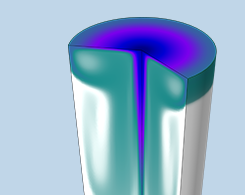
How to Model Sparging in COMSOL Multiphysics®
Sparging, the process of bubbling a gas into a liquid, is seen most notably in carbonation, such as for soda and seltzer water. This mass transfer process can be modeled in COMSOL Multiphysics®.
